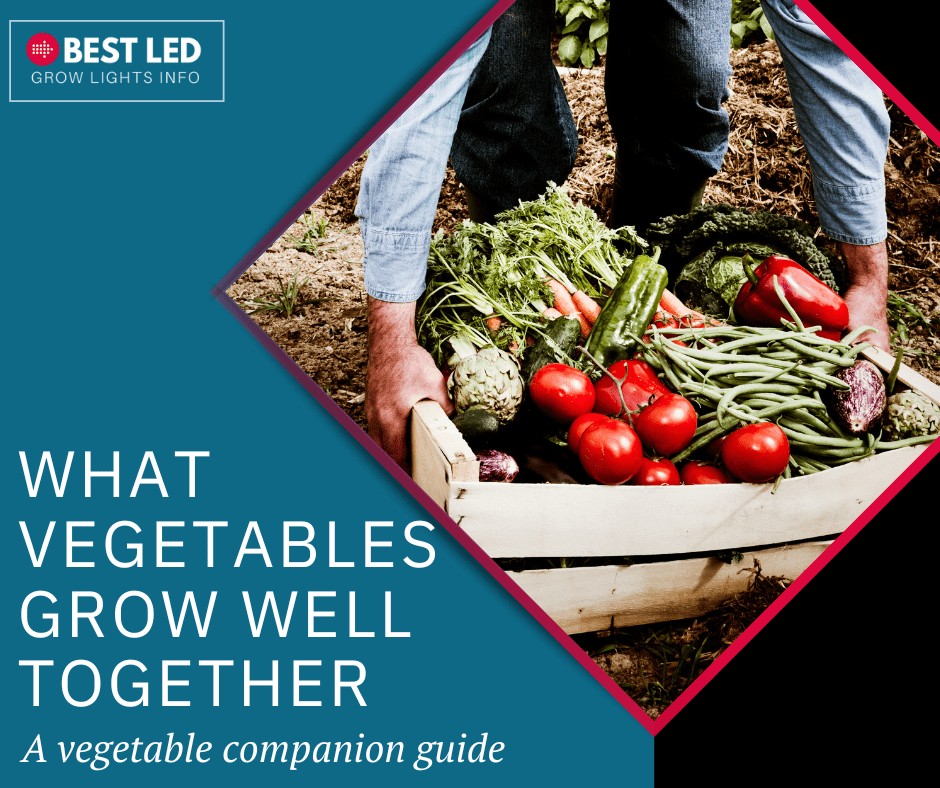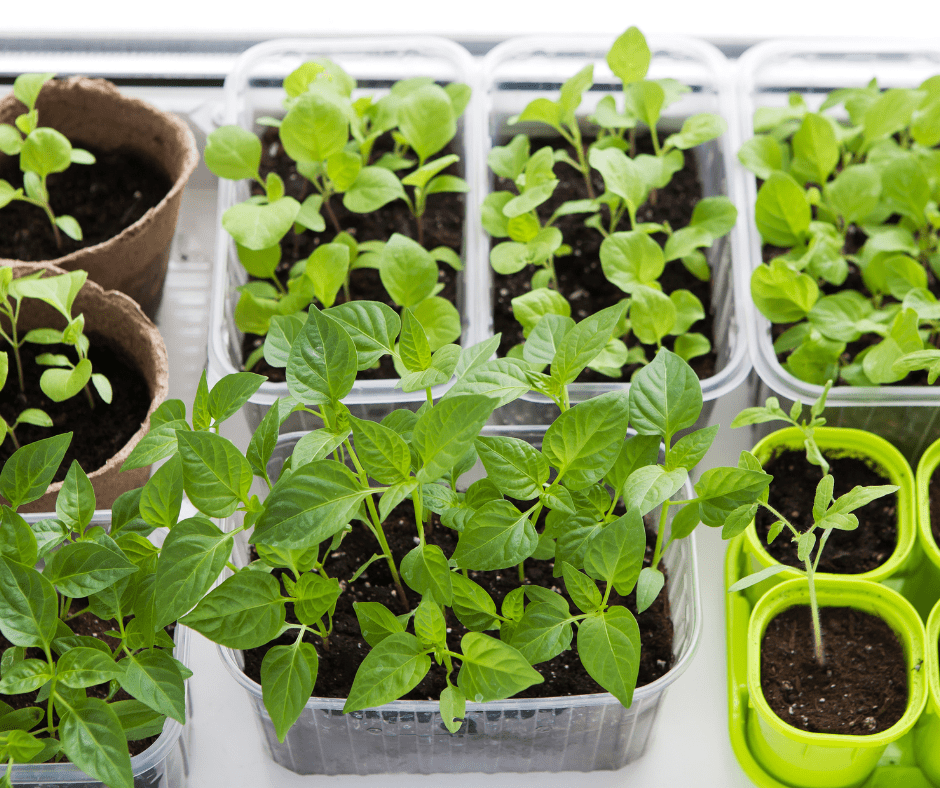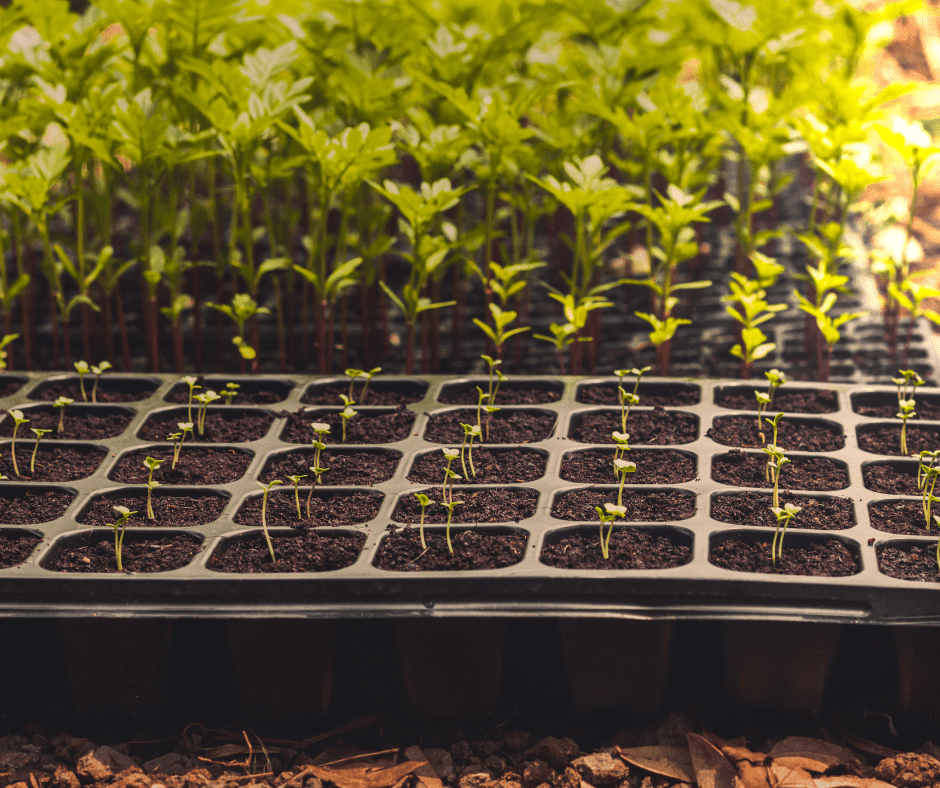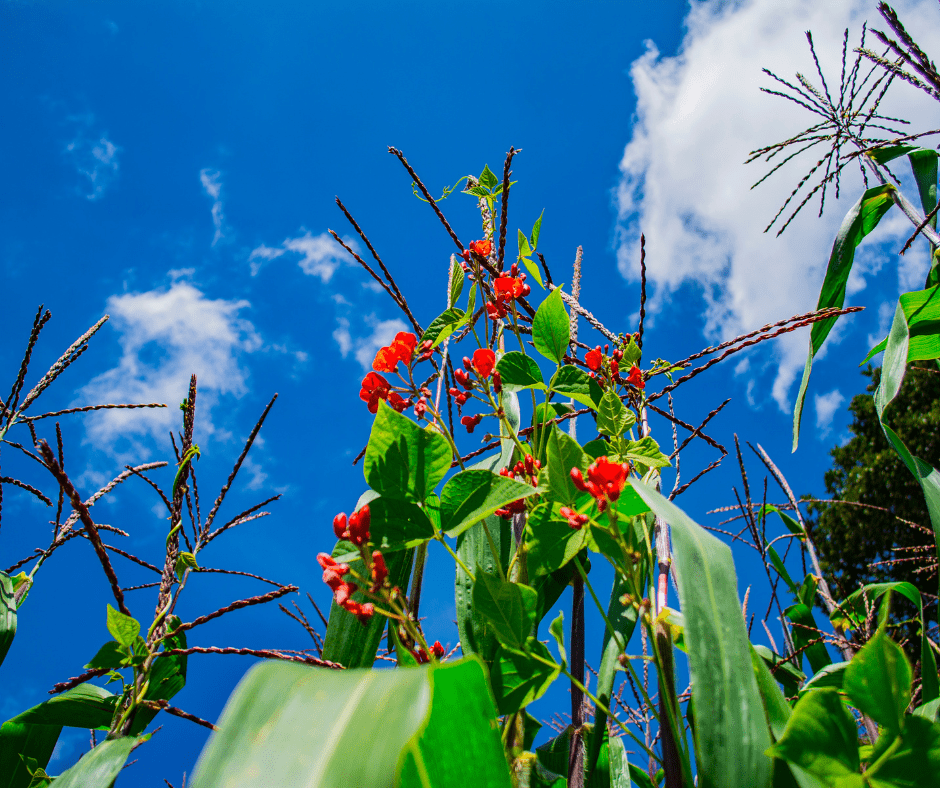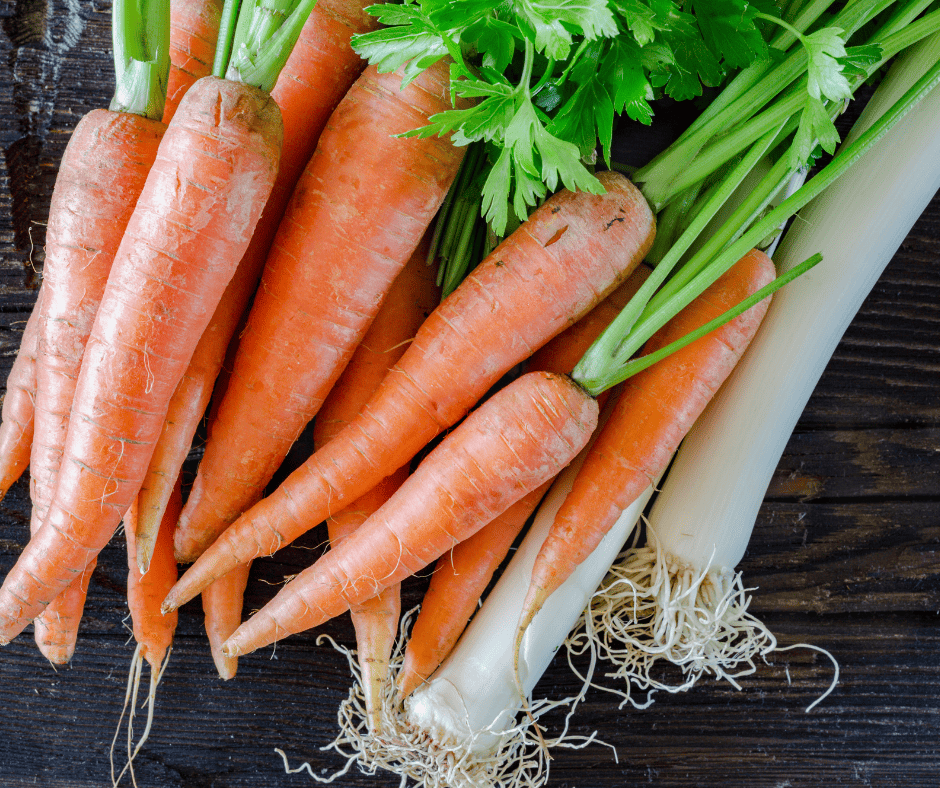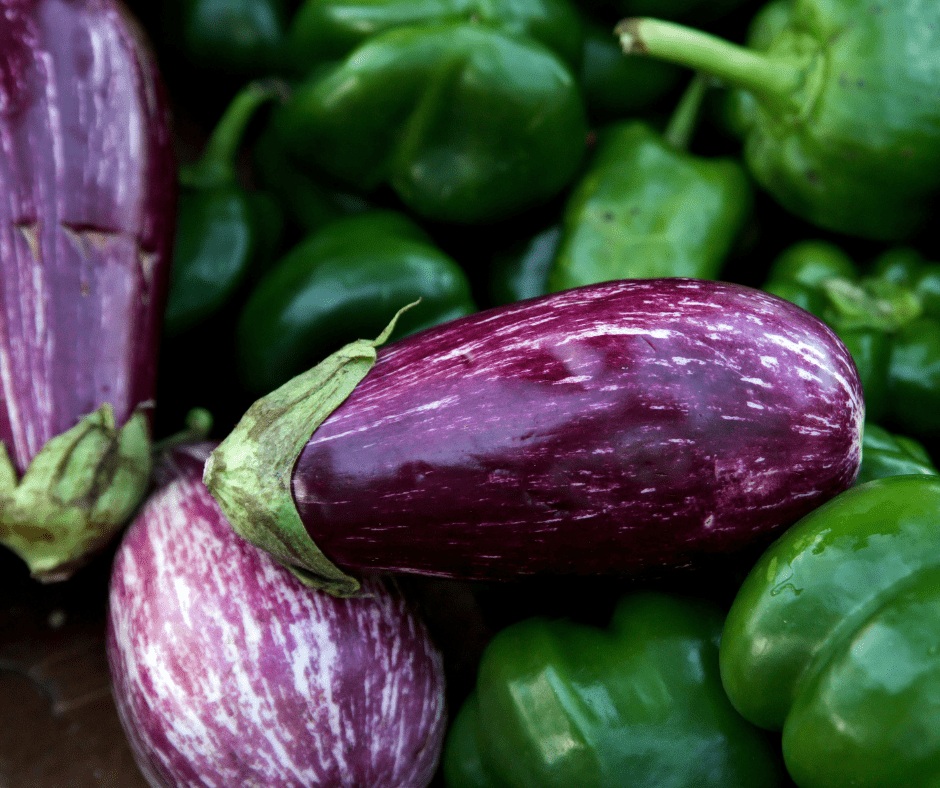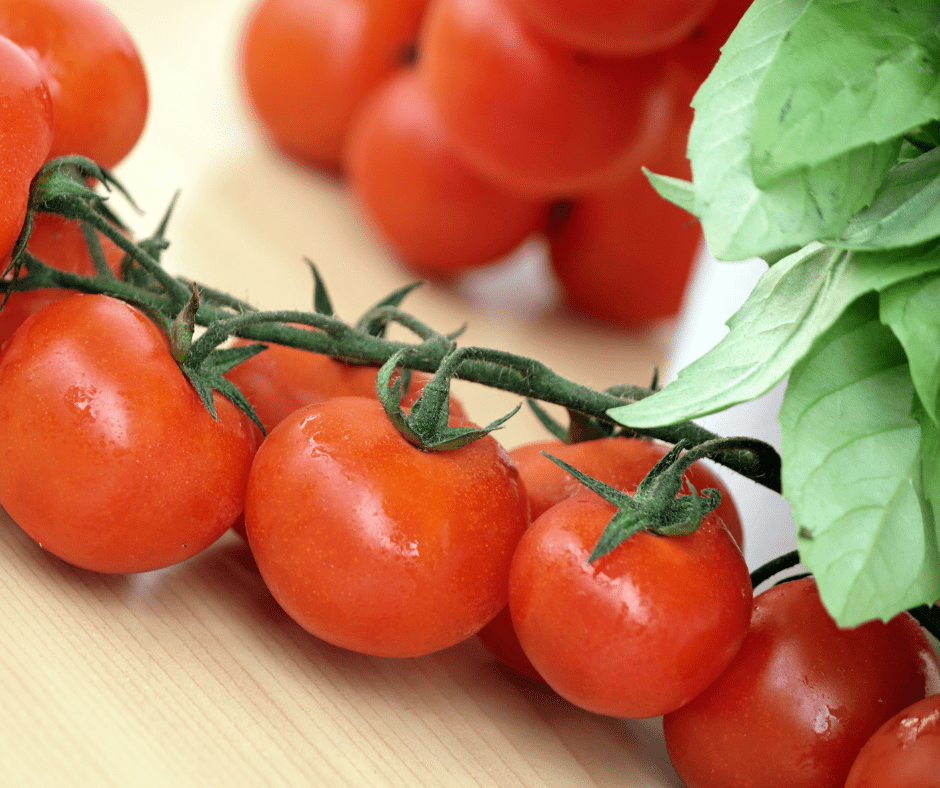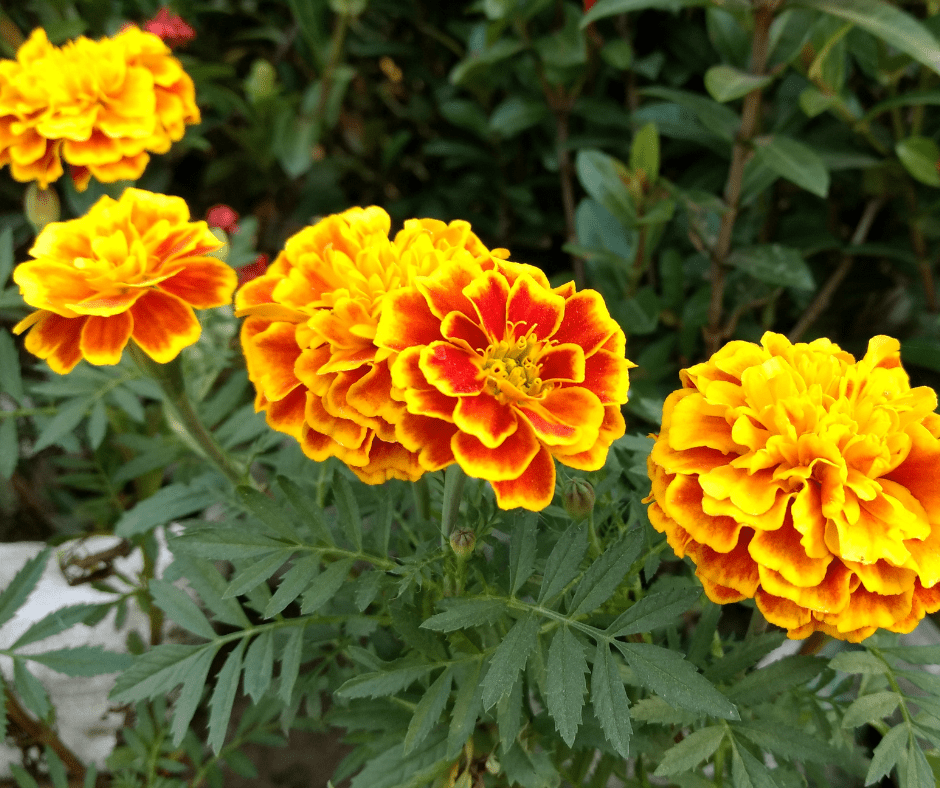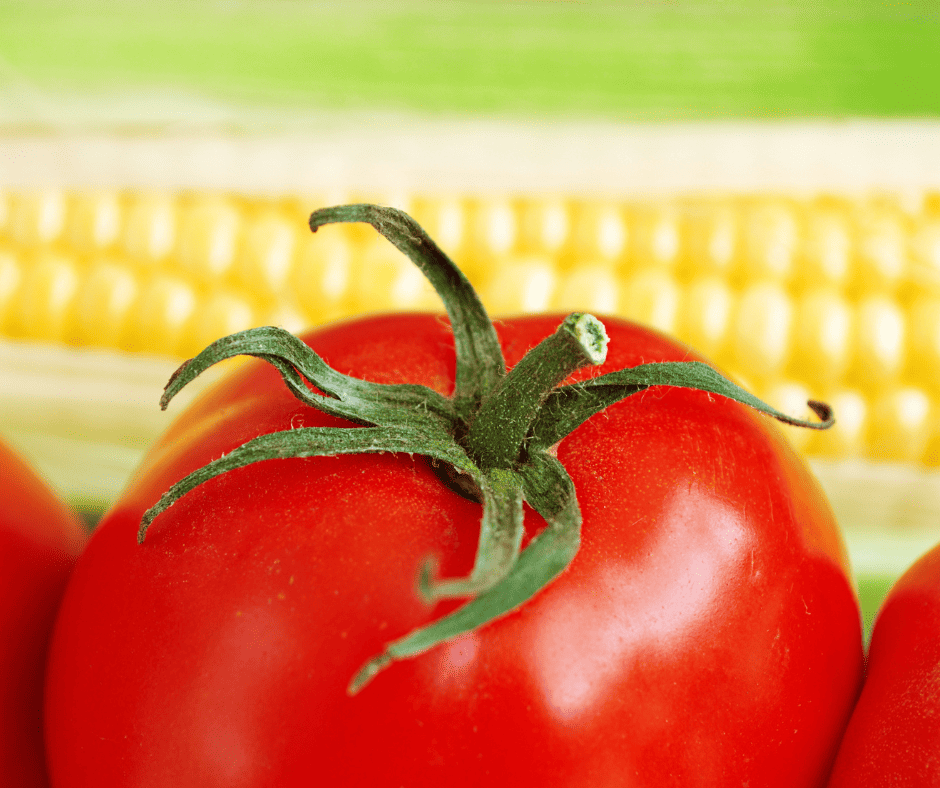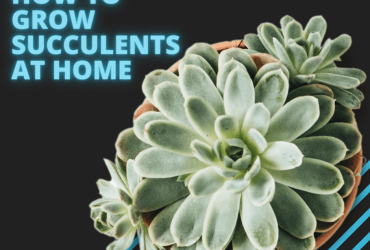What Vegetables Grow Well Together?
When you’re planning for an indoor vegetable garden, ensuring you set your plants up for success is essential for excellent yields and overall health. When I was a beginner, I assumed that separating each type of vegetable from the others was the best choice. In reality, that isn’t the case, as there are good companion plants that grow well together.
By planting vegetables together in the right combinations, you can actually improve both plants’ health. The same is true when you pair specific vegetables with certain herbs or other types of plants. Here’s a look at why growing certain vegetables together is a smart move, as well as which vegetables grow well together, what pairings to avoid, and more.
Why Growing Vegetables Together Is Wise
Growing vegetables together with specific vegetables or herbs is intelligent for many reasons. By having the right plants in the same container, you’re creating an environment that helps all of the involved plants thrive.
This strategy is referred to as companion planting. Here’s a closer look at what companion planting involves and the benefits of doing it right.
What Is Companion Planting?
Companion planting is a gardening approach that places specific types of plants together, either in a single container when gardening indoors or nearby when cultivating an outdoor garden. The various pairs are chosen based on their ability to mutually benefit one plant or another. The nature of the benefits can vary, but they all focus on creating an environment that allows the involved vegetables and other plants to thrive at the same time.
What Are the Benefits of Companion Planting?
Companion planting is beneficial for several reasons. First, it’s a serious space saver. You can have multiple types of crops in one container, allowing you to diversify what you grow even if you’re a bit short on space.
With companion planting, you can also shade shorter plants that require a bit of protection from your grow lights. That can allow you to have several types of vegetables in a single space instead of separating them based on their unique lighting needs.
When you choose the right pairings, you can also improve the soil quality. Many legumes can increase nitrogen availability, while long-rooted plants can bring nutrients from deep within the soil up toward the top.
With gardening in your home, you aren’t typically focused on attracting beneficial insects. However, growing plants together that can deter insect pests like the cabbage moth, aphids, Japanese beetles, and the carrot fly is potentially wise. It can keep any pests that do end up inside from turning your indoor vegetable garden into their new home.
For example, garlic deters aphids and Japanese beetles, so growing it alongside certain vegetables can help keep those insects away. Onions can deter cabbage moths and carrot flies.
As a result, choosing the right companion plants can help ensure that insect pests don’t harm your plants. In turn, it’s easier to keep compatible plants in your vegetable garden healthy and thriving while guaranteeing any vegetables you grow are consumable once they reach their peak.
What to Grow with Vegetables
Companion planting can work wonders when you’re trying to keep your indoor vegetable garden healthy and thriving this growing season. However, you do have to choose the right pairings to get the best benefits. Additionally, some pairings can actually do more harm than good.
Here’s a look at some vegetable pairings that grow well together and some vegetable and herb or flower companion plants that help each other thrive.
What Vegetables Grow Well Together?
Far too many vegetables grow well together to list, but having some examples of what thrives when planted together can help you see the benefits of companion planting. Here are some vegetables that pair with each other.
Corn, Beans, and Squash
Referred to as the three sisters, corn, beans, and squash benefit each other when grown together. The cornstalks give the beans a trellis, allowing them to climb. But the beans won’t damage the corn, even if they get up to the top.
The beans assist with nitrogen availability, taking it from the air and bringing it into the soil, which helps the corn grow. Since squash sits low to the ground and has large leaves, it can slow soil moisture evaporation, ensuring the earth doesn’t dry out too quickly.
Cucumbers and Peas
Peas are another plant that helps bring nitrogen into the soil. As a result, they pair especially well with cucumber. Cucumbers have distinct nitrogen needs, which are much easier met when they are matched with a legume, like peas. Just make sure you also properly support the peas, as they may need a trellis to climb.
Carrots and Leeks
If you’re worried about carrot flies, growing leeks alongside your carrots can alleviate that concern. Leeks naturally repel carrot flies, protecting your carrots from pests.
Plus, the benefit works the other way around. Carrots repel leek moths, protecting the leeks from a pest that’s harmful to them.
Sweet Corn, Radishes, and Spinach
Radishes and corn work particularly well together. The radishes help drive away specific harmful pests, such as aphids. Plus, they can prevent corn borers from reaching the corn, keeping it healthier.
Spinach can also grow well when shaded by corn, and it also helps keep the roots of the corn cooler. When combined with radishes, they also help deter leaf miners from heading toward the spinach, as the radish foliage attracts them first. But since radishes grow quickly, you can still get a harvest before any leaf miners do real damage.
Broccoli and Onions
Planting onions near broccoli can have a unique benefit, as the onion helps give the broccoli a better flavor. Plus, onions deter a wide array of insect pests, which actually makes them a good companion for a wide variety of vegetables.
Eggplant and Peppers
Pairing eggplant with pepper plants is a wise choice since they’re both parts of the nightshade family. As a result, their growing needs are similar, making it easier to manage this plant pairing successfully. However, you might want to add in a pest deterrent – such as basil, chives, or garlic – and you may want to include a bean that can increase soil nitrogen levels.
Brussels Sprouts and Garlic
Garlic is a natural pest deterrent, which can help keep damaging insects away from your brussel sprouts. Plus, garlic has anti-fungal properties, which is similarly helpful.
Another nice point about bringing brussel sprouts and garlic together is it can make the brussel sprouts a bit sweeter. As a result, you can get tasty brussel sprouts while keeping them pest-free.
What Herbs and Vegetables Grow Well Together
While many vegetables pair well together, putting vegetables and herbs in the same container also works well. Here are some examples of solid herb and vegetable companion planting pairings.
Tomatoes and Basil
Tomato and basil don’t just taste amazing together when combined in a dish; they also make excellent companion plants. Basil deters a wide variety of pests that may otherwise damage the tomato plants, so it essentially acts as a shield. Plus, it’s pretty convenient to gather both together during mealtime if you plan to use them as ingredients.
Carrots and Rosemary
Rosemary is known for repelling carrot flies. Since that’s the case, planting rosemary alongside your carrots is an easy way to keep a damaging pest from getting to your carrots.
Lettuce and Chives
Chives deter a wide array of insect pests, including aphids. By pairing them with lettuce, you can ensure you can protect the lettuce without the use of potentially harmful pesticides.
Does Planting Flowers Help Vegetable Gardens?
When you’re planting a garden indoors, the benefits of planting flowers nearby aren’t usually as noticeable. Often, flowers are used to attract pollinators to the area, which does help your vegetables. However, indoor vegetable gardens aren’t generally accessible to pollinators, so you miss out on some of the benefits.
Still, there are situations where flowering plants help indoor vegetable gardens. For example, you might want to plant marigolds (which are technically an herb) next to tomatoes to deter specific pests, such as whiteflies.
As a result, it’s not a bad idea to look at the pest-preventing benefits of various flowers, particularly if there’s a chance of insect pests making it inside your grow area. If so, find companion flowers that naturally deter the insects in question and plant some either with various vegetables or in pots nearby, depending on whether the flower is a true companion plant.
What Should Not Be Planted Together?
While many vegetables and herbs pair well, putting others together isn’t always the best choice. Here’s a look at food plants that shouldn’t share a container.
Carrots and Parsnips
Bringing carrots and parsnips together is usually best avoided. Both vegetables are susceptible to the carrot fly. If carrot flies arrive, both the carrots and parsnips are generally ruined. By keeping them in separate containers, you can potentially prevent one crop from getting harmed by removing the infested plants without losing both.
Tomatoes and Corn
Planting tomatoes and corn together isn’t the best move. Both plants need a lot of nutrients, so having them in the same container makes managing nutrient levels in the soil harder. Plus, the tomato hookworm can harm them both, and if those pests arrive, handling it after the fact is incredibly difficult.
Celery and Carrots
The main issue with planting celery and carrots together is that they both require a lot of water. Since that’s the case, meeting their water needs when they’re in the same container is difficult. Plus, they both benefit from shade during high-heat situations. Since they can’t shade one another, protecting them from hot temperatures is potentially harder than if they were paired with something that offers shade.
Fennel and Almost Anything
Generally, it’s best to avoid pairing fennel with practically any other food plant. It’s commonly known for inhibiting the growth of a wide array of vegetables. In many cases, only dill can do well near fennel. However, because of cross-pollination issues, even that isn’t advised.
Enjoyed this post? Pin it!
